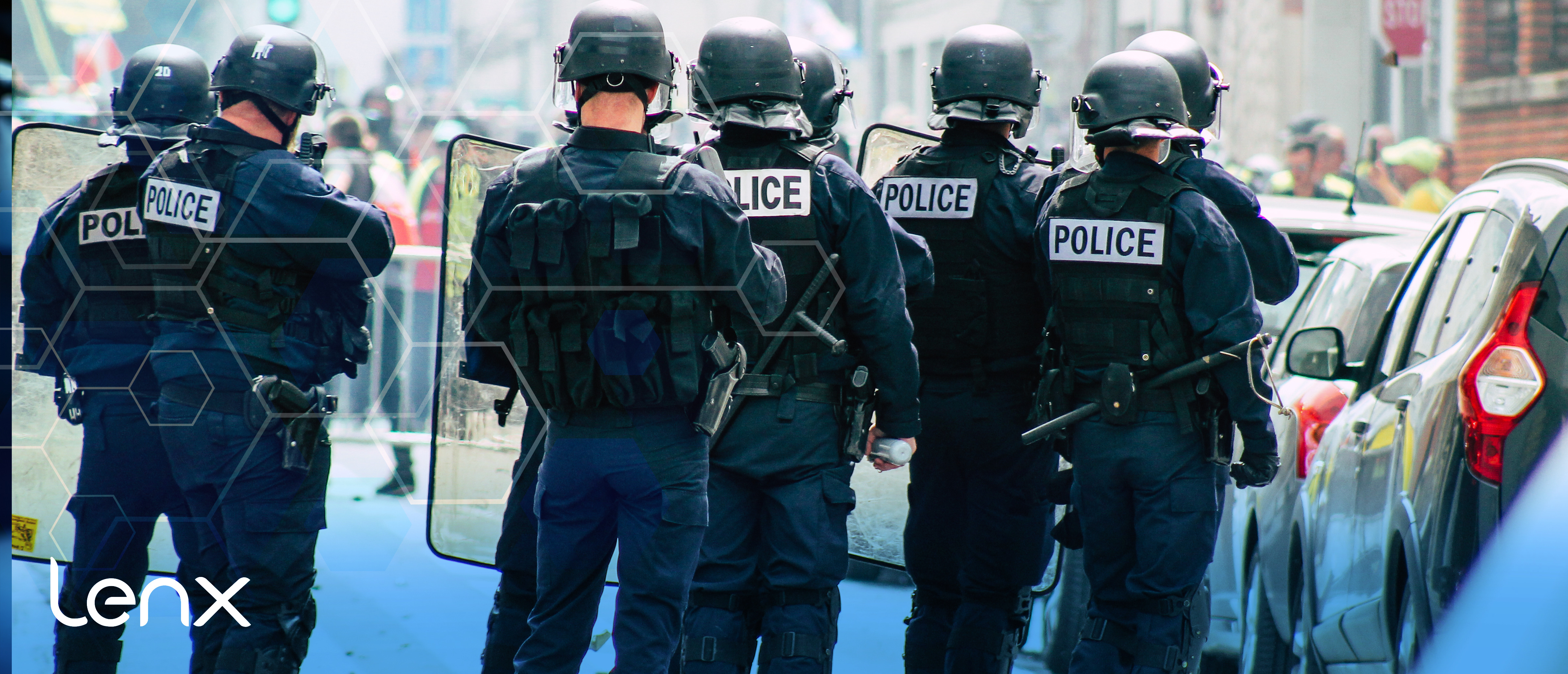
Training Officers To Work With AI Security And Gun Detection Systems
The integration of AI security and gun detection systems has revolutionized how we approach public safety and threat detection. With the rise of active shooter incidents, the demand for advanced security solutions that can offer swift and accurate active shooter alerts is ever-increasing. As such, training officers to adeptly work with these innovative systems is crucial. Here's how organizations can ensure their security personnel are equipped to handle AI gun detection and active shooter alarm systems effectively.
Understanding AI Security Applications
AI security apps and detectors are designed to be intuitive, but understanding the nuances of their operation is key. Officers must be thoroughly trained on how AI algorithms work in detecting potential threats and how they can differentiate between actual threats and false alarms. Familiarity with the user interface and notification protocols is essential to ensure that officers can respond to alerts swiftly and appropriately.
Continuous Training and Simulation Drills
Training should not be a one-off event. Regular simulation drills that mimic real-life scenarios can help officers stay sharp and ready to act. These drills should involve various situations, from clear threats to ambiguous circumstances, to ensure that officers can quickly interpret AI security alerts and make informed decisions.
Integrating AI Systems with Response Protocols
AI gun detection and active shooter detection systems should be seamlessly incorporated into existing response protocols. Officers must understand the chain of command and communication lines once an alert is received. Knowing who to contact, what information to relay, and how to manage the situation effectively can significantly reduce response times and potentially save lives.
Data Analysis and Decision Making
AI systems generate vast amounts of data that can be analyzed for patterns and insights. Training officers to review and interpret this data can aid in proactive security planning and threat assessment. Officers should be equipped to make decisions based on the insights provided by the AI, such as adjusting patrol routes or implementing additional security measures in certain areas.
Legal and Ethical Considerations
With the deployment of AI security and gun detection systems, there come legal and ethical implications. Officers must be aware of privacy laws and regulations surrounding surveillance and data handling. Training must cover the ethical use of AI technology, ensuring that the implementation of these systems respects individual rights while protecting the public.
Emphasizing Teamwork and Communication
Effective use of AI security systems is not solely about technology; it is also about people. Officers must work in tandem with AI solutions, understanding their role in the larger security apparatus. Emphasizing teamwork and clear communication can enhance the effectiveness of both the human and AI elements of threat detection.
By investing in comprehensive training programs, organizations can empower their officers to confidently work alongside AI security and gun detection systems. The synergy between well-trained officers and advanced AI technology can create a robust defense against active shooter incidents, ultimately fostering safer environments for all.

